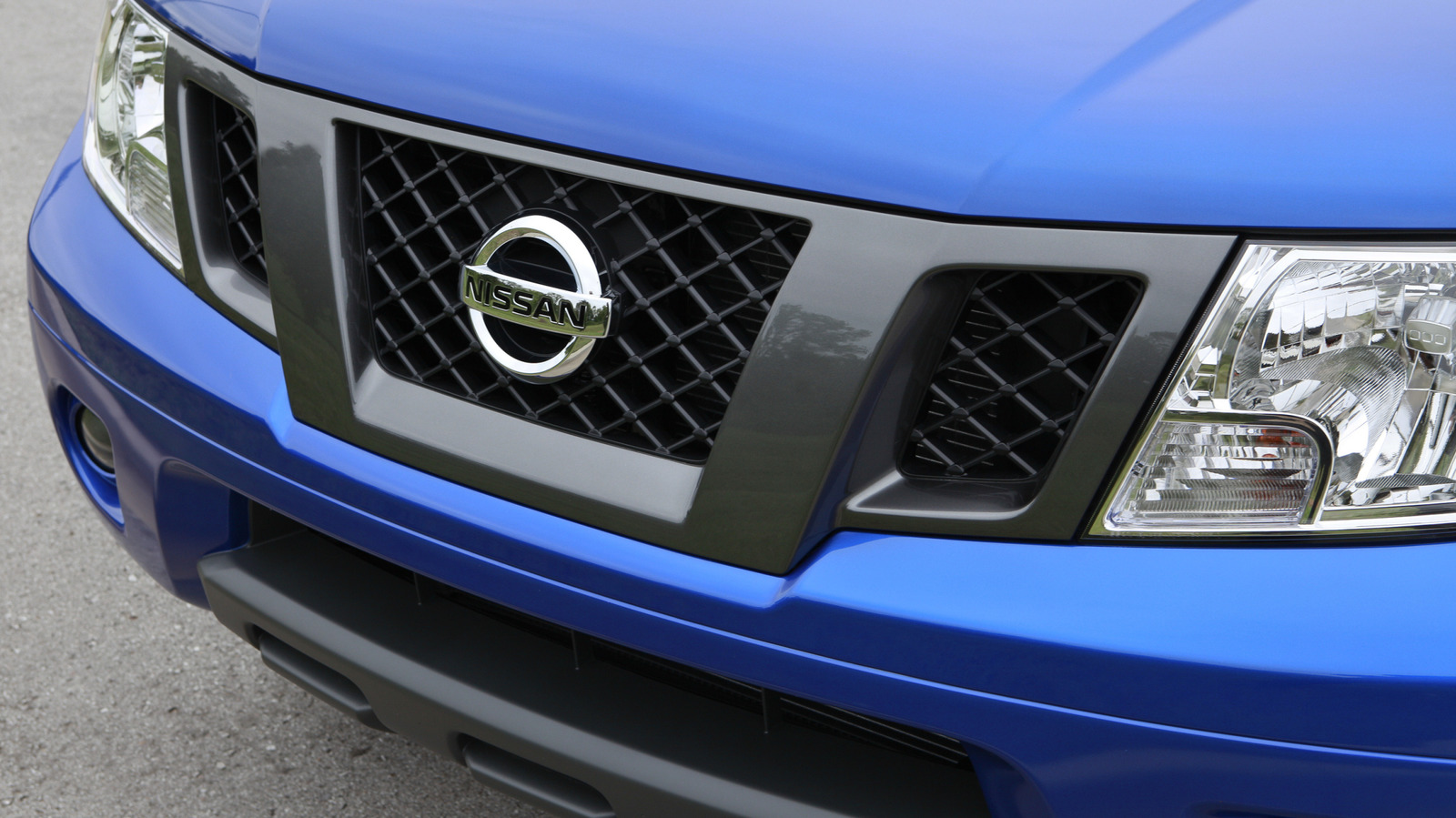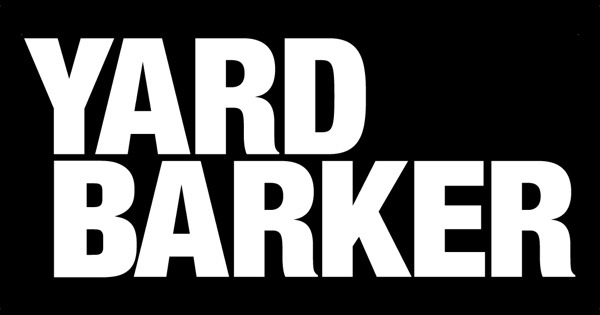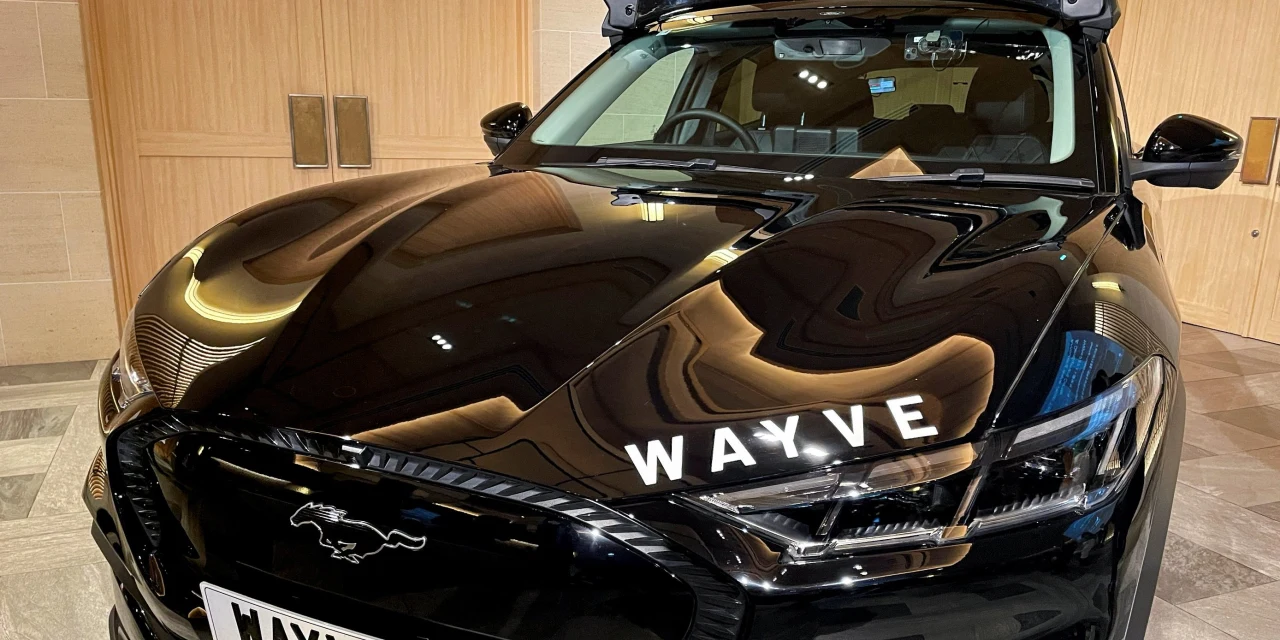
Deciding whether to buy a new or used car can be tricky, with positives (and negatives) for either option. But one great reason to buy used is the fact that you can get a lot of vehicle for not a lot of money, especially if you’re shopping for trucks. $10,000 can get you some serious utility, with used examples of full-size trucks like the Ford F-150 and Chevy Silverado 1500 available if you shop around. That’s less than half the cost of the cheapest new truck available in the U.S., the compact Ford Maverick.
Of course, shopping used can also be a minefield. Not only do you have to figure out which specific nameplates and model years to look out for, but you’ll also have to make sure you get a good example. Thankfully, we’ve covered some mechanic-approved tips for buying a used vehicle in the past, which can help give you a leg up when it comes to the latter.
As for that first conundrum, the ever-reliable Kelley Blue Book (KBB) has some answers. KBB has assembled a list of 10 used, sub-$10,000 pickups that are worth buying, down to the specific model year. Whether you’re after a compact city-slicker pickup or a full-size workhorse, KBB’s list should have most of you covered. We also checked KBB used car listings to verify that these trucks are, indeed, attainable for less $10,000. Actual availability will, of course, vary depending on where you’re based.
Toyota debuted the Tundra for the 2000 model year, and three generations of the full-size pickup have graced dealership lots since then. The 2010 Tundra is part of the long-lived second generation, which started in 2007 and lasted until 2021. Second-generation Tundras are often considered great used truck buys, so it’s not surprising that KBB has a 2010 model in its list of used trucks worth buying.
The 2010 Tundra debuted with several notable changes, including two new optional V8s: a 4.6-liter and the 5.7-liter i-FORCE. The former was capable of a healthy 310 hp and 327 lb-ft of torque, while the larger 5.7-liter had 381 hp on tap. This V8 was available on all trim levels, with a 236-hp 4.0-liter V6 as standard. KBB expressly recommends buyers look out for the V8 model, as it offers the most towing and payload capacity. A 5.7-liter-equipped Tundra maxes out at 10,800 pounds of towing capacity, with an accompanying 2,015-pound maximum payload. Four-wheel drive is also an option, again making the Tundra a compelling choice.
As far as prices go, 2010 Tundras start at around $7,000 based on KBB listings. However, the cheaper ones will likely have the 4.6-liter V8; those of you who want the most power possible from a used 2010 Tundra will have to spend close to the $9,000 mark for a 5.7-equipped example.
The smallest member of Ford’s F-Series, America’s perennial favorite line of pickups, the F-150 is a workhorse capable of handling most tasks pickup owners would use one for, and then some. The nameplate has also moved with the times, with the 2024 Ford F-150 packing Ford’s BlueCruise and a hybrid V6. But new F-150s start at nearly $40,000; if you want a F-150 for less than $10,000, you’ll have to turn the clock back to 2010.
KBB likes the 2010 F-150 for several reasons, not least the presence of V8 engines across the board, optional four-wheel drive, and its great towing and payload capacity. Available in Regular, SuperCab, and SuperCrew bodies with multiple bed lengths, the 2010 F-150 topped out at an impressive 11,300 pounds of towing and a 3,030-pound maximum payload when specced with the 320-hp, 5.4-liter V8 and a regular cab.
Unfortunately, several common issues with the 5.4-liter Triton V8 make it a somewhat risky choice for a used truck, including oil leak issues, timing chain woes, and problematic spark plugs. KBB doesn’t overtly recommend against 5.4-liter F-150s, but avoiding that engine might be a good move anyway. Pricing-wise, you can find F-150s for as low as $4,000 or so via KBB, although they’ll have quite a few miles on them. Expect to pay closer to $10,000 for a low-mileage 5.4-liter V8, while 4.6-liter F-150s with fewer than 100,000 miles can be had for around $7,000.
If you don’t need quite as much towing and payload capacity as a full-size truck, a mid-size option like the Toyota Tacoma might just be the ticket. The first-generation Tacoma debuted as a compact truck in mid-1995, with a revamped, mid-size second-gen Tacoma debuting in 2005. The 2010 Tacoma that KBB recommends is part of this second generation, landing right in the middle of its decade-long run.
The 2010 Tacoma was available with either a 159-hp, 2.7-liter inline-4 or a 236-hp, 4.0-liter V6. The latter engine could be spec’d with a six-speed manual or five-speed auto, and was also available in the sportier Tacoma X-Runner, one of the coolest trucks of the 2000s. $10,000 won’t buy you one of those, sadly. You can get lucky and find inline-4 Tacomas for around $5,000, although used listings on KBB indicate that you’re likely going to have to pony up a bit more, in the range of $8,000 to $9,500.
KBB recommends the 2010 Tacoma for its off-road capabilities and great aftermarket parts network, making it a great project truck. Unfortunately, many Tacomas up until the 2017 model year have rust problems, so you’ll need to shop around for a clean example. You can also consider 2009 and 2011 Tacomas if you can’t find a good 2010 example; the former is identical to the 2010 model, while changes between most 2010 and 2011 trims were minimal.
F-series trucks may be the definitive American options, but rival GM has an equally iconic offering of its own: the Chevrolet Silverado. The Silverado family has been doing particularly well lately, selling more than half a million units in 2024. In particular, the Silverado 1500, which has always been considered a strong alternative to the Ford F-150.
KBB highlights the Silverado 1500’s strong towing capabilities, which range from roughly 5,000 pounds to 10,700 pounds — the latter requiring a 6.2-liter V8 and the trailering pack — as the main highlight. It also praises the variety of configurations available, with several V6 and V8 engines to choose from, along with many body styles and optional four-wheel drive. There was also a hybrid Silverado 1500, although KBB recommends against it, not least because whatever fuel savings it may offer will likely be offset by the costs of maintaining a nearly 15-year-old hybrid system. It’s also a less-capable truck for towing and hauling.
The major issue with the 2011 Silverado 1500 is the airbags: GM used Takata airbags in the Silverado 1500 from 2007 to 2013, so you’ll want to ensure that any example you’re considering has had the necessary fixes. On the plus side, you’ll likely have a lot of 2011 Silverado 1500s to choose from, with some available for as low as $5,000 or so. Of course, more desirable trim levels and engines will cost more, but you shouldn’t have issues getting a V8 for well below $10,000.
The GMC Sierra 1500 is almost identical to the Chevy Silverado 1500 — they even come from the same factories — so the fact that KBB included the 2011 GMC Sierra 1500 on its list of great used trucks under $10,000 isn’t surprising. The similarities mean that the 2011 GMC Sierra 1500 has all the same strengths as its Chevy cousin: V6 and V8 engines, great payload and towing capacity, and a variety of configurations to suit every need (provided you can find it on the used market, of course).
Differences between the two full-size GM pickups boil down to aesthetics and equipment, with the Sierra 1500 offering more options to buyers. You could, for example, have gotten dual-zone climate control in a regular cab Sierra 1500 on the SLE trim; in contrast, dual-zone climate control was only available on extended cab Silverado 1500s. Whether that’s a bonus will depend entirely on what you need from a truck, of course. Functionally, the two are identical, but you may end up preferring one over the other.
Given the mechanical similarities, the 2011 Sierra 1500 also shares the Takata airbag issue that plagues Silverado 1500s from the same period. That said, one notable difference — at least, at the time of writing — is that there may be fewer Sierra 1500s available for sale, at least based on KBB listings. Prices also seem higher, with many selling in the $8,000 to $10,000 range, even with 200,000 miles on the clock.
If you know you don’t need a V8 engine, a truck like the 2012 Nissan Frontier could make a lot of sense. While its inline-4 and V6 engines may not get the blood pumping as much, they’re both solid in their own right — especially in a smaller pickup. The efficient inline-4 makes 152 hp and 171 lb-ft of torque, while the V6 bumps it up to 261 hp and 280 lb-ft of torque.
Nissan offered the 2012 Frontier in several trim levels and configurations, including an off-road-minded Pro-4X trim that survives to this day in the form of the 2025 Frontier Pro-X, which we tested earlier this year. You’re not likely to find Pro-Xs for less than $10,000, though. Instead, you’ll be choosing from S, SV, and SL versions, in either regular or King Cab bodies. The SL is actually the best-equipped of the bunch, with standard amenities such as heated mirrors, an eight-way adjustable driver’s seat, and leather trim.
That said, SL models will likely either be close to $10,000 or have notably high mileage, so they won’t be for everyone. S and SV trim levels are available in the $7,000 to $8,000 range and might be the better choice, especially since you can find one with well below 200,000 miles on the odometer. It’s worth noting that there are very few complaints for the 2012 Frontier on the NHTSA website, especially considering its age.
The current U.S.-market Ford Ranger debuted in 2019 as a mid-size truck, giving rise to great pickups such as the 2024 Ranger XLT that we really liked, but the Ranger that KBB’s recommending has little in common with those. The 2011 Ranger was a compact pickup and the penultimate model year of the original iteration, with Ford discontinuing the nameplate in 2012.
As you may expect from its compact stature, the 2011 Ranger was never available with a V8. Instead, Ford offered a 2.3-liter inline-4 and a 4.0-liter V6 to buyers, the latter making a decent 207 hp and 268 lb-ft of torque. The 2011 Ranger’s compact size also means that it’s not the truck you want if you need to do a lot of hauling, maxing out at about just under 6,000 pounds of towing and a 1,500-pound payload. Not bad for a small truck, but nowhere near the mid- or full-size trucks on this list.
Ford offered the 2011 Ranger in XL, XLT, and Sport configurations, the latter only available with the 4.0-liter V6. All three versions are readily available, at least according to KBB listings, with prices ranging from around $5,000 up to our $10,000 limit. Most are reasonably well-used examples, with between 100,000 and 200,000 miles, which isn’t too bad for a cheap truck. There are, however, a few sub-100,000-mile examples for sale at the time of writing, so it may be worth keeping an eye out for one of those.
Rounding out the triumvirate of pickups that top American sales, Stellantis’ Ram brand — which Chrysler spun off from Dodge in 2009 — has a solid grip on third place behind Chevy and Ford, at least based on 2024 sales figures. However, it’s long been a compelling alternative, as vehicles like the 2011 Ram 1500 show.
The 2011 Ram 1500 launched with six trim levels, from the Regular Cab ST to the Crew Cab Laramie. The base-trim Ram 1500 came with a 3.7-liter V6, with a 4.7-liter V8 and the infamous 5.7-liter HEMI V8 becoming available higher up the product stack. Buyers had a lot of options for creature comforts and amenities, too, with features such as Ram’s Uconnect multimedia and internet functionality, premium materials (cloth or leather), and dual-zone climate control all available. KBB highlighted this luxury as one of the Ram 1500’s selling points.
Complaints on the NHTSA website pinpoint a problematic totally integrated power module (TIPM) as being the key issue to watch out for. It can cause trucks to die randomly or have difficulty starting. Thankfully, there seem to be quite a lot of 2011 Ram 1500s selling for below $10,000, including the high-end, Hemi-equipped Crew Cab Laramie, so finding a good one shouldn’t be too hard.
The Honda Ridgeline is perhaps not quite the sort of vehicle many of you imagine when you think of a pickup truck. For one, it has a unibody design and independent suspension, both of which are probably more associated with crossovers than all-business pickup trucks. The Ridgeline also isn’t very good with heavy loads, maxing out at 5,000 and 1,546 pounds of towing and hauling, respectively. But what the Ridgeline gives up in sheer grunt, it makes up for in everyday practicality — the main reason it made its way onto KBB’s list.
Let’s face it: Most Americans don’t make full use of their pickups anyway, with Axios data from 2023 showing that 63% of polled Ford F-150 owners “rarely or never” used their F-150s to tow vehicles. Conversely, 87% of those same owners mostly used their F-150s to go shopping and run errands, neither of which requires the F-150’s (admittedly impressive) capabilities. If you’re in that same boat, the Honda Ridgeline may be the answer. It’s small, features a criminally overlooked dual-action tailgate, and even has an in-bed icebox perfect for beach trips or tailgating.
Unfortunately, none of that helped the Ridgeline sell well, with Honda only moving 16,000 in 2010. That lack of popularity has a knock-on effect on shopping for a used one; we couldn’t find many 2010 Ridgelines for sale via KBB, and you’ll have to go back to 2008 and earlier models if you want more examples to choose from.
GMC’s Canyon did not have a good time in the early 2010s: the company sold fewer than 10,000 units between 2010 and 2014, with customer appeal possibly limited by the mid-size Canyon’s compromised towing and hauling capabilities. Maxed out, with the 5.3-liter V8, extended cab, and rear-wheel drive, the 2010 Canyon could only tow 6,000 pounds and carry 1,600 pounds.
Unfortunately, you’re unlikely to get a V8 Canyon, at least for under $10,000; instead, you’re most probably going to find examples with the 3.7-liter inline-5, which can cost between $7,000 and $10,000. The inline-5 makes a still-solid 242 hp and 242 lb-ft of torque and actually doesn’t come with too big a compromise, only dropping towing capacity to 5,500 pounds (payload weight doesn’t change between engines, at least not on the Canyon). That’s if you can find one locally, of course; KBB’s used car database only shows five 2010 GMC Canyons nationwide under $10,000 at the time of writing.
If you can find one, though, KBB feels it’s worth considering for its combination of mid-size dimensions and body-on-frame construction, which has durability advantages over unibody builds. And so, while the Canyon may not have that much more hauling capacity than a unibody pickup like the Ridgeline, it may prove to be a better choice as a used truck due to its inherent toughness advantages. That said, owner complaints on the NHTSA website do point out rust issues, so you’ll want to look underneath before committing.



